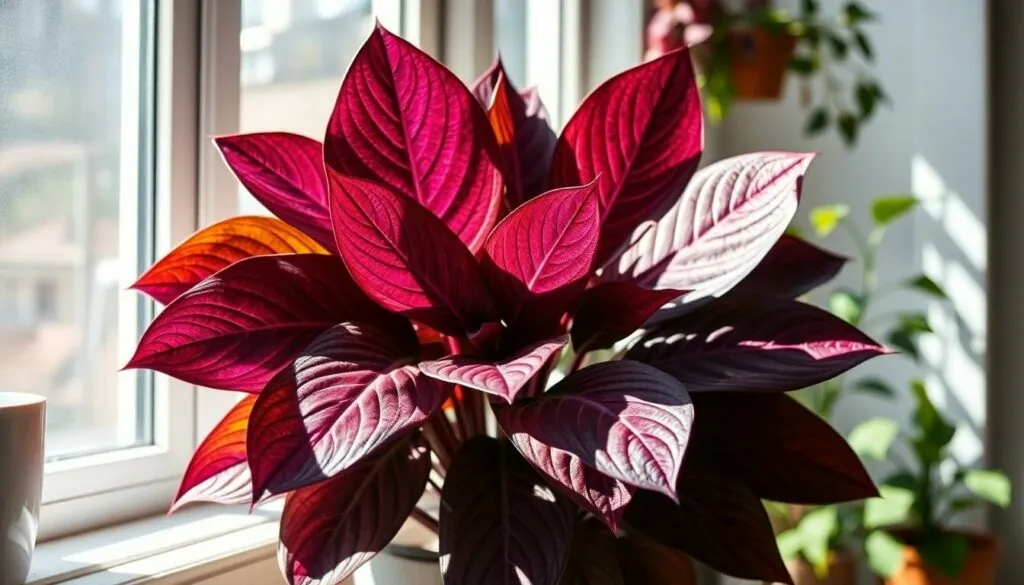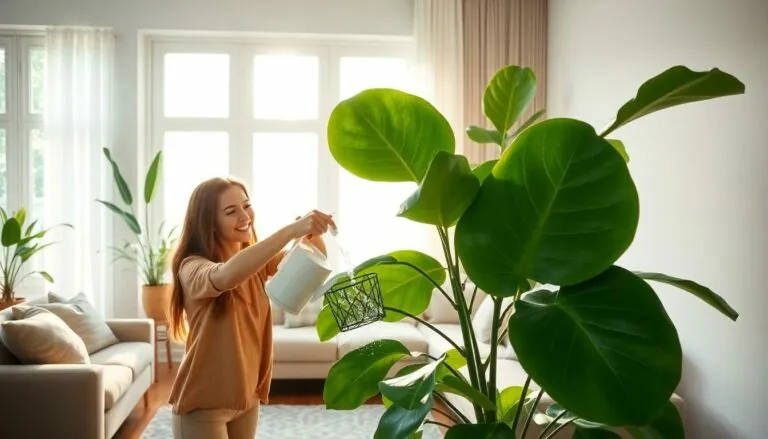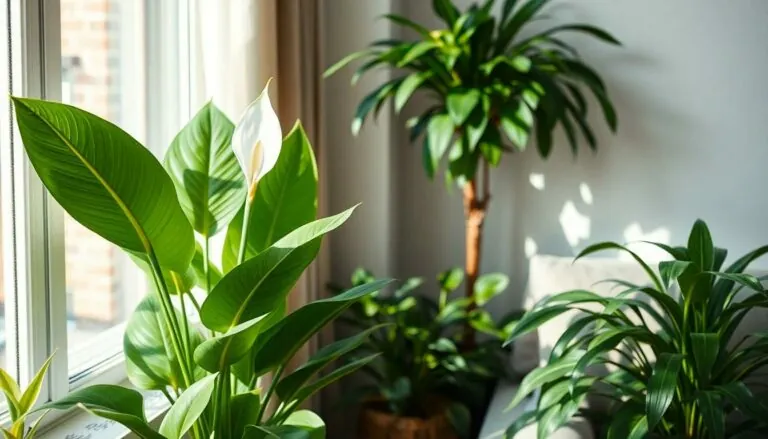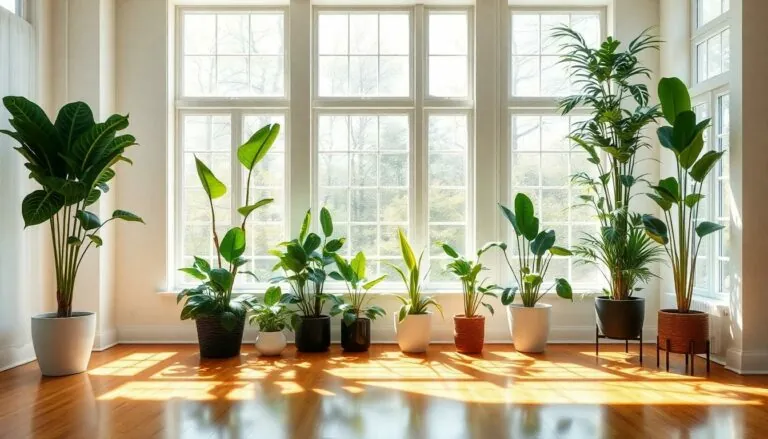Table of Contents
ToggleIf you’re looking to elevate your indoor jungle, the Persian shield plant is the ultimate showstopper. With its stunning iridescent leaves that seem to change color as the light hits them, this plant doesn’t just sit pretty—it demands attention. But don’t let its beauty fool you; caring for this botanical diva can feel like a high-stakes game of plant roulette.
Overview of Persian Shield Plant
Persian shield plant, known scientifically as Strobilanthes dyeriana, captivates with its vibrant, iridescent leaves. This tropical plant, native to Myanmar, showcases deep purple foliage that changes hues based on light exposure. Its leaves display striking patterns and metallic sheen, making it a popular choice for indoor decor and outdoor gardens.
Caring for a Persian shield plant involves specific conditions. It thrives in bright, indirect light, which enhances its color vibrancy. When given too little light, the plant may lose its striking appearance. An ideal environment maintains temperatures between 60°F and 75°F. Sudden temperature drops or drafts can stress the plant.
Watering requirements emphasize consistency. The soil should remain moist but never soggy. Allowing the topsoil to dry slightly before watering encourages healthy growth. Overwatering can lead to root rot, a common issue with Persian shield plants.
Humidity levels play a significant role in its care. This plant enjoys high humidity, typically above 50%. In drier environments, misting leaves or using a humidity tray can help maintain necessary moisture levels. Fertilizing with a balanced, water-soluble fertilizer during the growing season supports its vibrant growth.
Propagating Persian shield plants is straightforward. Cuttings can be taken in spring or summer, allowing them to root in water or damp soil. Rooting hormone can enhance the propagation success rate. Pruning also encourages bushier growth and maintains the plant’s shape.
Persian shield plants require careful attention but reward with stunning foliage. Their unique appearance and moderate care requirements make them an appealing choice for plant enthusiasts looking to enhance their indoor space or garden.
Ideal Growing Conditions
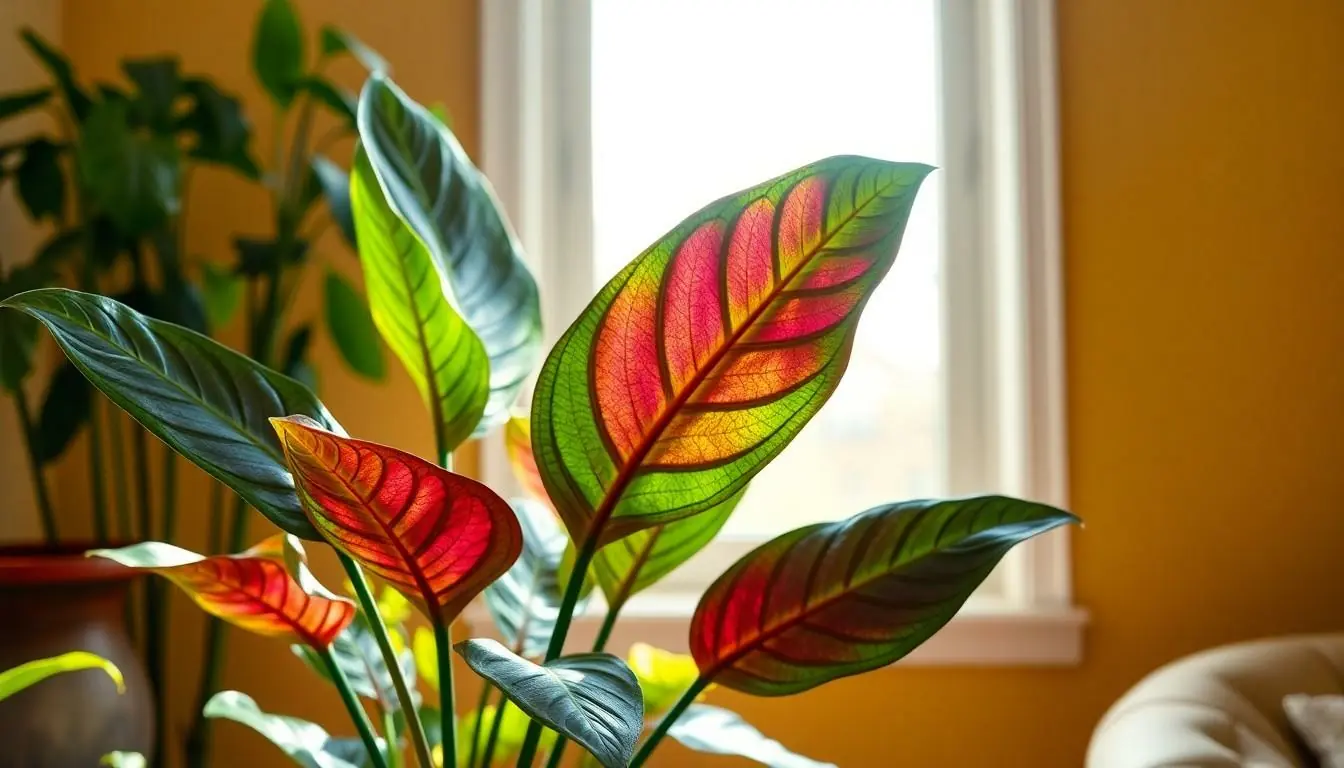
The Persian shield plant thrives in specific environments. Understanding its needs leads to optimal growth and vibrant foliage.
Light Requirements
Bright, indirect light nurtures the Persian shield plant’s vibrant leaves, encouraging their iridescent colors. Positioning this plant near an east or west-facing window provides ideal light conditions. Avoid direct sunlight, as it can scorch the leaves, hindering their striking appearance. In low-light situations, the plant’s growth slows, and color intensity diminishes. Supplementing with grow lights can support healthy growth when natural light isn’t enough.
Temperature Preferences
Temperatures between 65°F and 80°F suit the Persian shield plant well. It struggles in temperatures below 50°F, which can lead to stress and potential damage. Maintaining consistent warmth is essential, as fluctuations can cause adverse effects. Heaters or air conditioners should not directly impact the plant, as drafts can create unfavorable conditions. Seasonal changes may require adjustments in care to ensure stability.
Soil Type and Drainage
Well-draining soil promotes healthy growth in the Persian shield plant. A soil mix rich in organic matter supports moisture retention while allowing excess water to escape. Incorporating perlite or sand improves drainage, preventing root rot, which is detrimental to the plant. Regular checks ensure the soil remains moist but not soggy, striking the right balance. Repotting every couple of years refreshes the soil quality, offering renewed nutrients for optimal health.
Watering and Humidity
Persian shield plants thrive in consistently moist soil and high humidity levels. Maintaining proper watering habits is crucial for their health.
Watering Frequency
Watering should occur when the top inch of soil feels dry to the touch. Checking soil moisture with fingers helps prevent overwatering, as soggy roots often lead to root rot. Typically, once a week suffices, though frequency may vary based on environmental conditions. Hot weather may necessitate additional water, while cooler seasons might require less. Always ensure the pot has drainage holes to allow excess water to escape.
Humidity Needs
High humidity significantly benefits the Persian shield plant. Ideally, humidity levels should stay between 50% and 70%. Place a humidifier nearby to create the ideal environment, or mist the leaves regularly. Grouping plants together can also boost humidity around them. When indoor air is dry, especially in winter, using a pebble tray with water can help maintain moisture levels. Ensuring these humidity conditions helps preserve the plant’s vibrant colors and overall health.
Pruning and Maintenance
Pruning is essential for maintaining the health and appearance of the Persian shield plant. Regular maintenance keeps the plant looking its best and encourages growth.
Timing for Pruning
Pruning should occur in early spring before new growth begins. This timing allows the plant to recover quickly as temperatures warm up. Removing faded leaves promotes a more robust, attractive appearance. Additionally, setting a biannual reminder ensures consistent care for optimal health.
Techniques for Healthy Growth
Using sharp, clean tools facilitates precise cuts during pruning sessions. Cutting back leggy stems encourages bushier growth, enhancing the plant’s shape. Focus on removing yellow or brown leaves to maintain its vibrant coloring. After pruning, applying a balanced liquid fertilizer can provide essential nutrients. Regular attention to the plant’s overall condition fosters a healthy, thriving environment.
Common Pests and Problems
Persian shield plants can face various pest issues that affect their growth and appearance. Identifying these problems early ensures healthy foliage. Common pests include aphids, spider mites, and mealybugs. Aphids appear as small, soft-bodied insects on new growth. Spider mites leave webbing and speckled leaves. Mealybugs cluster on stems and leaf axils, exhibiting a cottony appearance. Regularly inspecting leaves and stems for these signs prevents infestations from worsening.
Solutions and preventive measures are essential for maintaining a healthy Persian shield plant. Use insecticidal soap or neem oil for immediate treatment against pests. Applying these products regularly helps deter future infestations. Maintaining proper care, such as providing adequate humidity and avoiding over-fertilization, reduces stress on the plant. Quarantine new plants before introducing them to existing greenery to minimize the risk of pest transfer. Creating a robust environment ensures vibrant growth and longevity.
Caring for the Persian shield plant can be a rewarding experience for any plant enthusiast. By providing the right light humidity and temperature conditions this stunning plant will thrive and showcase its vibrant colors. Regular maintenance such as pruning and monitoring for pests is essential to keep it healthy and looking its best. With a little attention and care the Persian shield can transform any indoor or outdoor space into a lush vibrant oasis. Embracing these care tips will ensure this unique plant remains a highlight in any collection.

